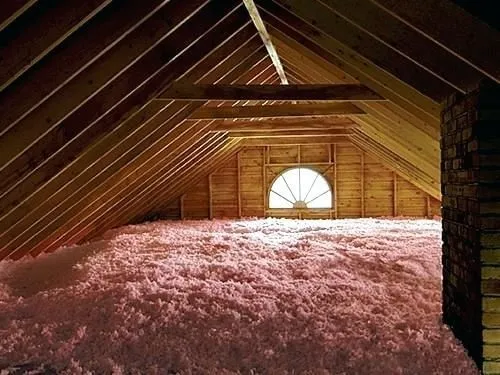
Proper attic insulation is a cornerstone of energy efficiency and home comfort. The right insulation not only keeps your home warm in the winter and cool in the summer but also reduces your energy bills. With various options available, choosing the best type of insulation for your attic can be overwhelming. In this guide, we’ll break down the most popular insulation types, their benefits, and factors to consider when making your decision.
Before selecting insulation for your attic, it’s important to evaluate the following factors:
R-value measures the insulation’s resistance to heat flow. A higher R-value provides better thermal performance. For attics in most U.S. climates, the recommended R-value is R-38 to R-60, depending on the climate zone.
Costs vary significantly between insulation types. While some options have lower upfront costs, others may offer long-term savings through better energy efficiency.
Some insulation types require professional installation, while others are DIY-friendly. Consider the complexity of the project and whether you’ll need expert help.
Attics are prone to moisture buildup and air leaks. Choose an insulation material that offers adequate moisture resistance and air sealing properties.
Spray foam insulation is a high-performance option available in two types: open-cell and closed-cell foam. It expands to fill gaps, providing excellent air sealing and thermal insulation.
Best For: Homes with irregular attic spaces, high energy bills, or moisture concerns.
Blown-in insulation consists of small particles of either fiberglass or cellulose that are blown into the attic with specialized equipment.
Best For: Attics with irregular layouts or limited accessibility.
Fiberglass batts are pre-cut panels of insulation that are easy to handle and install.
R-2.9 to R-3.8 per inch
Best For: Straightforward attic layouts with no complex features.
Rigid foam boards are dense panels made of materials like polystyrene or polyurethane. They offer a high R-value per inch and are effective for specific attic applications.
R-4 to R-6.5 per inch
Best For: Attic walls, crawl spaces, or areas prone to moisture.
Radiant barriers consist of reflective materials like aluminum foil, designed to reflect heat rather than absorb it.
Radiant barriers do not have an R-value; they work by reducing radiant heat transfer.
Best For: Homes in hot climates where cooling costs are a concern.
For most attics, spray foam insulation offers the best combination of energy efficiency, durability, and air sealing. While it has a higher upfront cost, its long-term benefits often outweigh the investment. However, if budget constraints are a concern, blown-in insulation or fiberglass batts can also provide effective thermal performance.
Choosing the best insulation for your attic depends on your home’s needs, budget, and climate. At Cascadia Spray Foam of Seattle, we specialize in helping homeowners find the ideal insulation solution for their attic spaces. Whether you’re looking for the superior performance of spray foam or a cost-effective alternative, we’re here to guide you every step of the way.
Contact us today at (425) 386-3500 or email [email protected] for expert advice and a personalized insulation plan. Let us help you create a more comfortable and energy-efficient home!